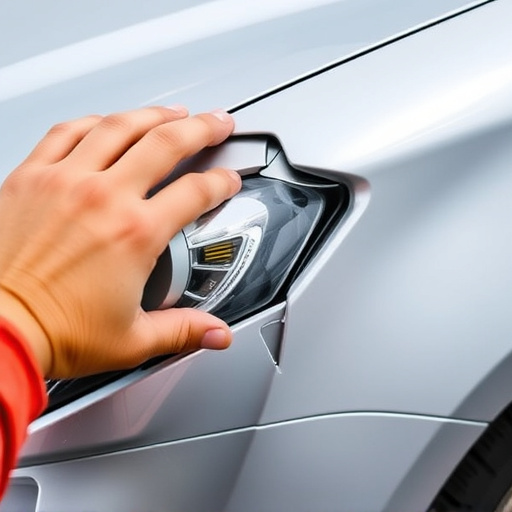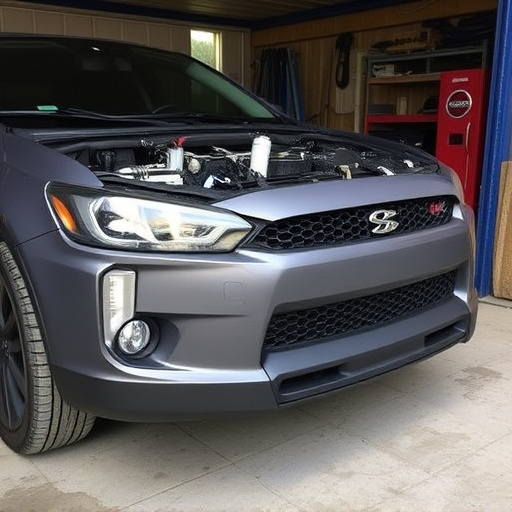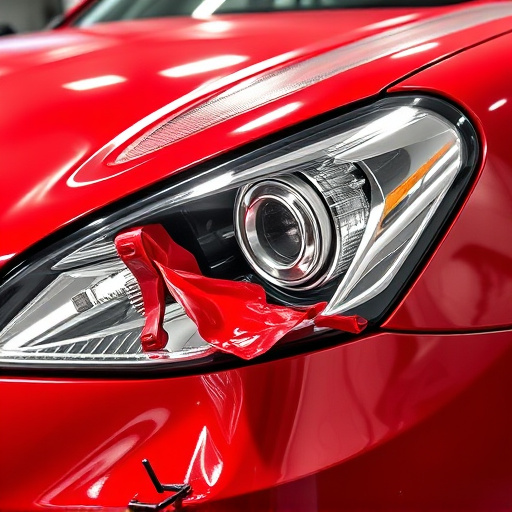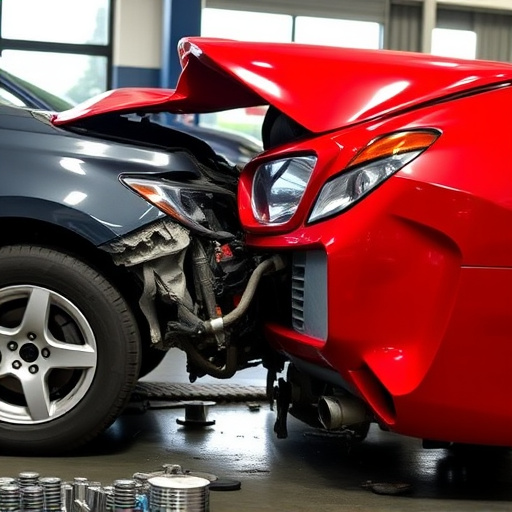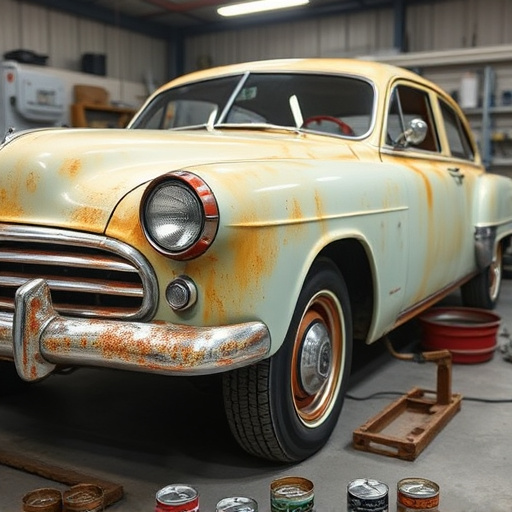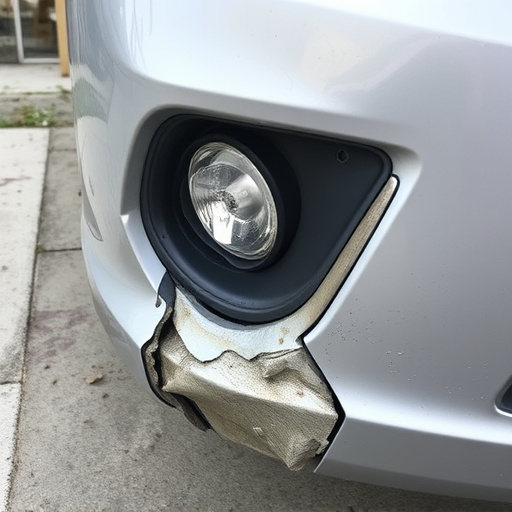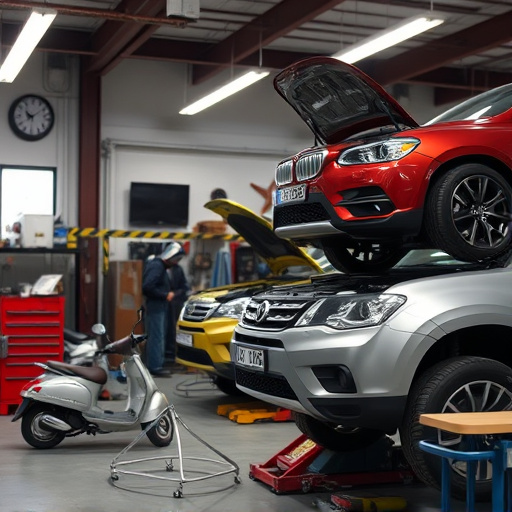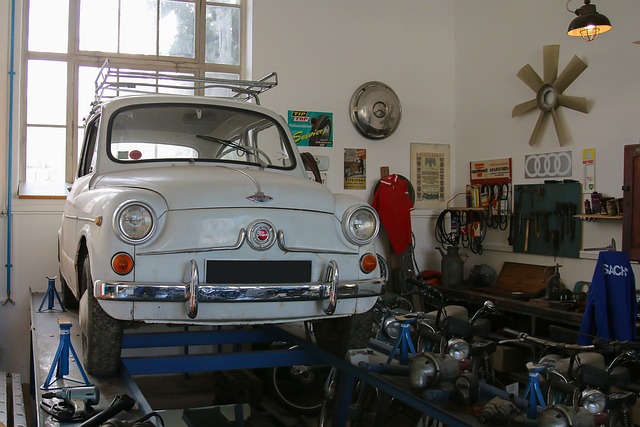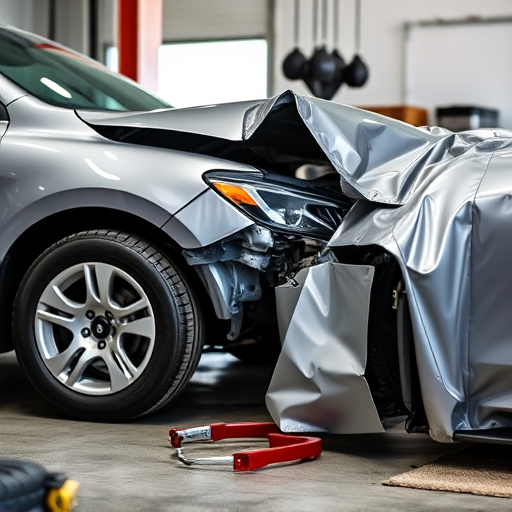Sustainable collision centers lead automotive industry in eco-stewardship through innovative practices like water-based paints and efficient spraying, minimizing chemical emissions. They use recycled materials for body work, recycle metal, plastic, glass, prioritize energy efficiency, and non-toxic solvents. Beyond car repairs, these centers promote health & safety with workshops, affordable services for low-income families, and community health events. Green technologies minimize environmental harm, enhance repair services, improve air quality, technician safety, and restore vehicles to pre-accident condition while driving industry innovation.
A sustainable collision center isn’t just about repairing vehicles; it’s a hub for community health and environmental stewardship. By embracing eco-friendly practices, these centers reduce their carbon footprint through innovative techniques and materials. They actively engage with local communities, promoting safety initiatives that benefit all residents. Additionally, integrating green technologies ensures cutting-edge, environmentally conscious collision repair services. This holistic approach makes sustainable collision centers not just businesses, but community assets.
- Eco-Friendly Practices: Reducing Environmental Impact
- Community Engagement: Health and Safety Initiatives
- Green Technologies: Enhancing Collision Repair Services
Eco-Friendly Practices: Reducing Environmental Impact
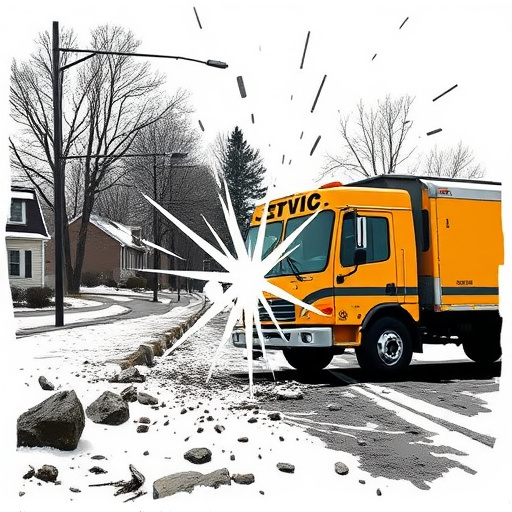
A sustainable collision center stands out as a beacon of environmental responsibility within the automotive industry. By adopting eco-friendly practices, these centers significantly reduce their environmental impact, moving away from traditional methods that often leave a substantial carbon footprint. This shift is particularly notable in areas like car paint repair, where water-based paints and efficient spraying techniques replace harmful chemicals, contributing to cleaner air and water.
Moreover, sustainable collision centers excel in automotive body work by utilizing recycled materials and implementing innovative waste reduction strategies. They meticulously recycle metal scraps, plastics, and glass, diverting them from landfills. Additionally, car restoration processes are reimagined with a focus on minimizing energy consumption and using non-toxic solvents, ensuring that the center’s operations align with its commitment to a healthier planet.
Community Engagement: Health and Safety Initiatives

A sustainable collision center goes beyond mere car body restoration; it actively engages with the community to promote health and safety initiatives. By integrating eco-friendly practices, these centers reduce the environmental impact of vehicle collisions, setting a positive example for the neighborhood. Community engagement programs often include educational workshops on road safety, especially targeting young drivers and families. These interactive sessions not only raise awareness about collision prevention but also equip individuals with essential skills to handle emergency situations.
Additionally, such centers may offer specialized services tailored to support community health, like providing affordable car repair shop options for low-income families or organizing blood donation drives during times of need. These efforts foster a sense of shared responsibility and well-being within the local tapestry, where every individual contributes to a safer, healthier environment, whether through learning, volunteering, or simply patronizing these sustainable collision centers as trusted car repair shops.
Green Technologies: Enhancing Collision Repair Services
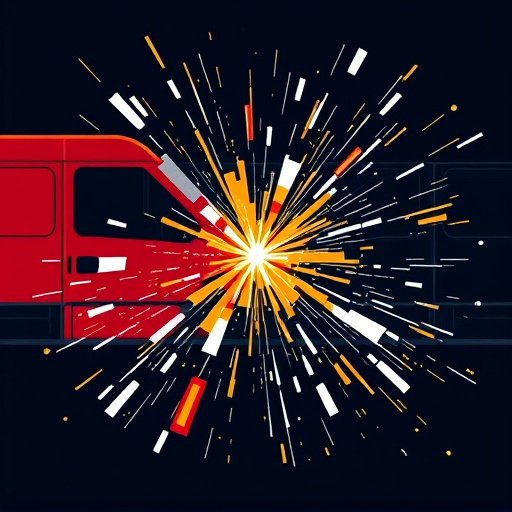
At a sustainable collision center, green technologies play a pivotal role in enhancing collision repair services while minimizing environmental impact. By adopting eco-friendly practices, these centers reduce waste, conserve resources, and lower emissions. For instance, using water-based paints and solvents instead of toxic options not only improves air quality but also ensures safer working conditions for technicians. Additionally, implementing energy-efficient equipment and lighting systems significantly cuts down on electricity consumption, aligning with the center’s commitment to sustainability.
The integration of green technologies in luxury vehicle repair and automotive collision repair processes offers multiple benefits. It allows for more precise and efficient repairs, ensuring that vehicles return to their pre-accident condition while reducing the overall ecological footprint. Moreover, these practices foster innovation, encouraging the development of new, sustainable materials and techniques that benefit both the environment and the industry as a whole.
A sustainable collision center isn’t just about repairing vehicles; it’s about healing the community and planet. By adopting eco-friendly practices, engaging with local health and safety initiatives, and leveraging green technologies, these centers prove that environmental stewardship and exceptional service can go hand in hand. As we look towards a greener future, sustainable collision centers are leading the way in both vehicle restoration and community well-being.
